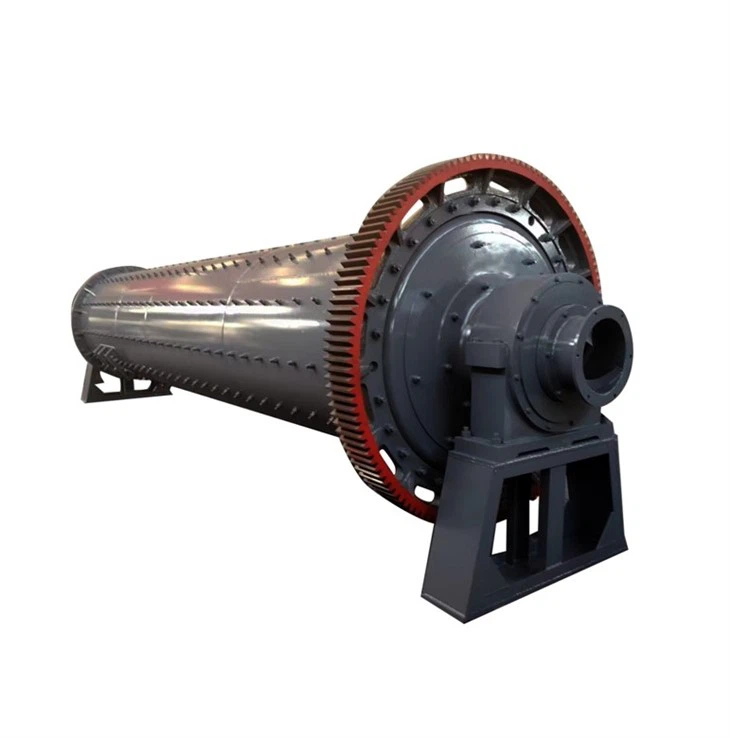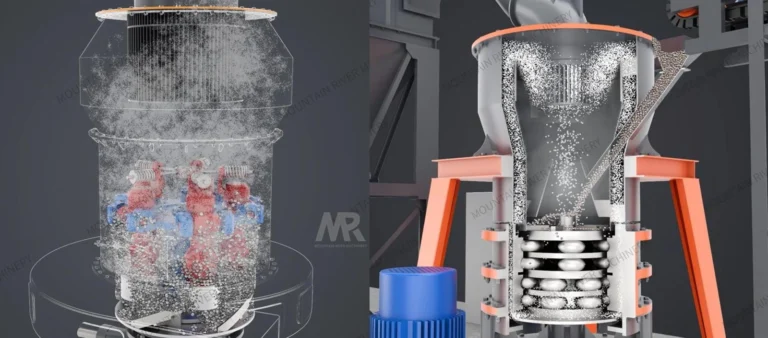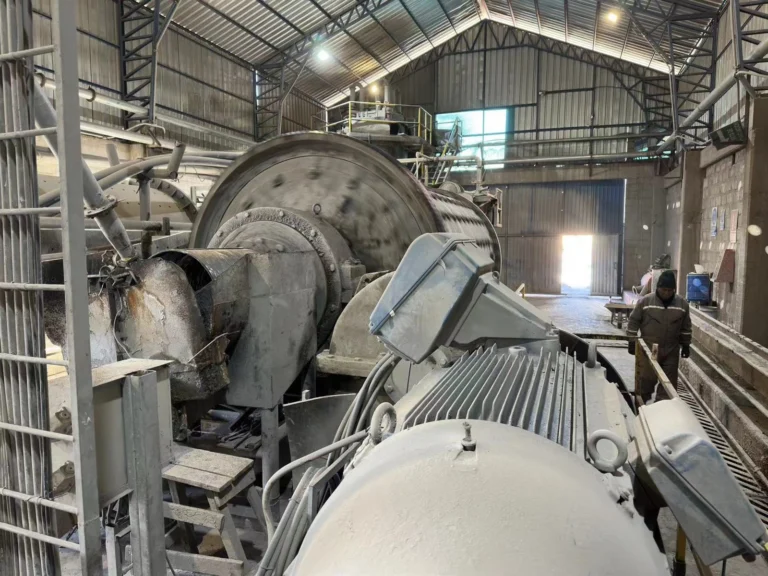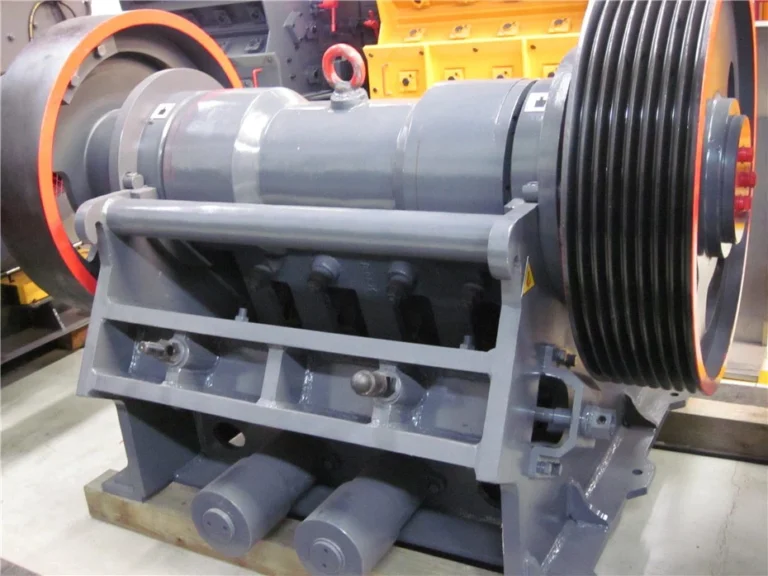What Size Does A Jaw Crusher Crush?
Introduction
A jaw crusher plays a crucial role in the construction and mining industries. It is used to crush large rocks into smaller particles for various purposes such as gravel production, concrete recycling, and ore processing. Understanding the size that a jaw crusher can crush is essential for efficient and effective operation. In this article, we will delve into the factors that affect the size of crushed material produced by a jaw crusher.
Factors Affecting Size of Crushed Material
1. Jaw Crusher Design:
The design of a jaw crusher directly impacts its ability to crush material of a specific size. Various factors such as the feed opening, nip angle, and eccentric movement of the swing jaw all contribute to determining the size of crushed material. Jaw crushers with larger feed openings can accept bigger pieces of rock, resulting in a coarser output size. Conversely, jaw crushers with smaller feed openings produce finer output sizes.
2. Feed Size:
The size of the material being fed into the jaw crusher also plays a significant role in determining the final product size. Typically, jaw crushers are designed to handle a maximum feed size of around 85% of the jaw opening width. If the feed size exceeds this limit, it can cause blockages in the crushing chamber and reduce the crusher”s capacity. Therefore, it is crucial to ensure that the material being fed into the jaw crusher is within the acceptable feed size range.
3. CSS (Closed Side Setting):
The closed side setting (CSS) of a jaw crusher refers to the smallest distance between the movable and fixed jaws at the bottom of the crushing chamber. It determines the size of the crushed product and has a direct impact on the capacity of the crusher. A smaller CSS produces a finer output size, while a larger CSS results in a coarser output size. Adjusting the CSS can be done manually or using hydraulic systems depending on the crusher model.
4. Stroke:
The stroke of a jaw crusher refers to the vertical movement of the swing jaw. It determines the amount of compression applied to the material during the crushing process. A longer stroke results in higher compression and a finer product size, while a shorter stroke leads to lower compression and a coarser product size. Manufacturers provide stroke adjustments to cater to different material requirements.
5. Rock Characteristics:
The size, hardness, and shape of the rock being fed into the jaw crusher significantly influence the size of the crushed material. Harder rocks require more substantial compression forces to break them down, resulting in a finer product size. On the other hand, softer rocks are crushed more easily, leading to a coarser output size. The shape of the rock can also affect the efficiency of the crushing process, as irregularly shaped rocks may cause uneven wear and inconsistent product sizes.
Applications of Different Output Sizes
1. Coarse Aggregate Production:
Jaw crushers are commonly used in the construction industry to produce coarse aggregates for concrete production. Coarse aggregates are typically produced in size ranges from 20mm to 40mm. They are used as structural fill material, road base, and drainage stone.
2. Fine Aggregate Production:
Fine aggregates are smaller-sized materials, typically ranging from 0.075mm to 4.75mm. They are used in concrete and asphalt production, as well as for plastering and leveling surfaces. Jaw crushers can produce fine aggregates by adjusting the CSS and stroke to achieve the desired product size.
3. Ore Processing:
In mining operations, jaw crushers are used to reduce the size of ore particles before further processing. Depending on the specific requirements of the downstream process, different product sizes may be needed. Jaw crushers can be adjusted to produce various sizes of crushed ore to meet the processing needs of different minerals.
Conclusion
The size that a jaw crusher can crush depends on several factors, including the design of the crusher, feed size, closed side setting, stroke, and rock characteristics. Understanding these factors enables operators to optimize the crusher”s performance and achieve the desired product size for different applications. It is essential to consult the manufacturer”s guidelines and conduct proper testing to determine the appropriate settings and maximize the efficiency of jaw crusher operations. With the right approach, a jaw crusher can efficiently crush a variety of materials to meet specific size requirements.






